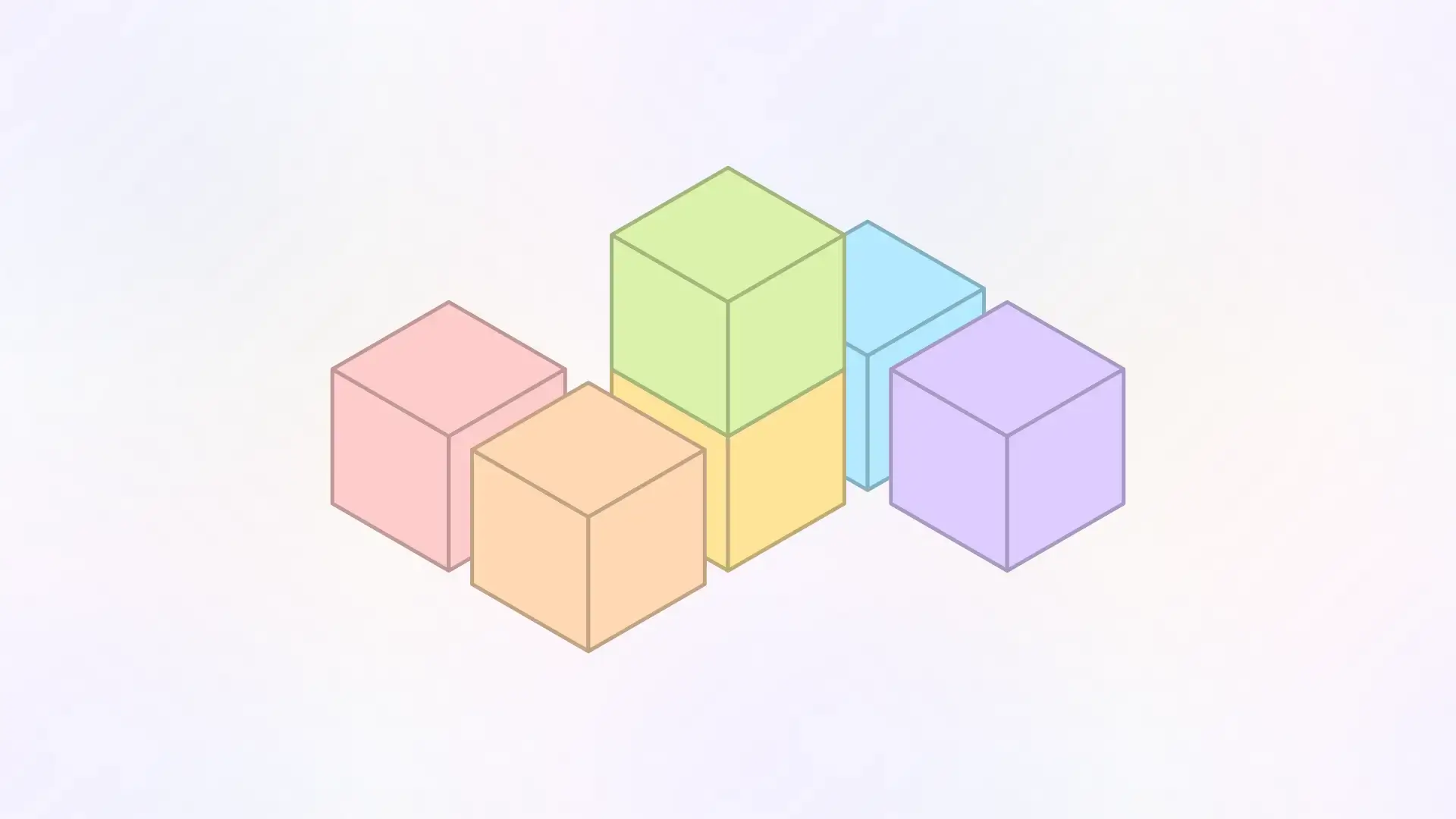Walk into a Montessori classroom and you’ll notice something you may not be accustomed to.
No rows of desks.
No teacher barking instructions.
Just clarity.
Shelves line the walls. Every activity is visible. Every option is ready to be chosen.
It’s not chaos, it’s visual organization disguised as freedom.
Children don’t need to be told what’s possible.
They see what’s possible.
That’s the secret.
And your business, your workflow, your projects, your notes, deserves that same kind of structure.
One that doesn’t force order… it shows order.
Why Most Productivity Tools Hide the Very Things That Matter
Open your current “organization” app and count how many clicks it takes to find the thing you need most.
Three? Five? Ten?
Every extra layer between you and your work is a blindfold on your attention.
Traditional tools worship the idea of structure: folders, databases, dashboards. But they forget the most human truth of all:
You remember what you see. You forget what you don’t.
Maria Montessori understood this a century ago.
She didn’t hide learning materials in drawers labeled “Math → Counting → Beads.”
She displayed them.
Each shelf became an open invitation to act.
Each choice, embedded in visual structure, became intuitive.
That’s what real organization feels like, not concealment, but clarity.
Visual Organization Isn’t Just Prettier, It’s Smarter Biology
Your brain isn’t a filing cabinet.
It’s a spatial engine.
It remembers the where of things before the what.
That’s why you can picture your kitchen but can’t recall a file name.
It’s why you remember your childhood desk layout but not your login password.
Visual organization leverages that wiring.
When you can literally see your work, your brain forms a map.
And once it’s mapped, it’s recalled instantly without searching.
This isn’t “productivity.”
It’s cognitive alignment: your biology working with your tools instead of against them.
The Montessori Parallel: Structure Without Control
Montessori classrooms are masterclasses in invisible order.
Everything has its place, its size, its flow, but nothing feels rigid.
That’s covert structure. It’s organization you can feel without being told it exists.
When you design your digital workspace visually…when your notes, clients, and projects sit in plain sight…you create the same freedom-within-order that drives lifelong learning in Montessori students.
You stop tracking your work and start seeing it.
That’s the difference between a tool you maintain… and a system that maintains you.
How Visual Organization Changes the Way You Work
- No more mental hide-and-seek. Everything is visible on one screen — like open shelves for your business.
- Instant recall. You don’t search, you recognize.
- Natural grouping. Arrange work the way your brain already does.
- Effortless prioritization. What’s visible stays alive; what’s off-screen can rest.
- Real control. You’re no longer lost in files. You’re walking your workspace like a room you own.
It’s not about adding more systems.
It’s about removing the walls that keep your work hidden.
Opal: Visual Organization, Engineered for the Way You Think
Opal gives you the same kind of freedom Montessori gave her students — freedom built on visibility.
A massive visual workspace.
Every project, note, client, and idea where you can see it.
No folders. No dashboards. No “where did I put that?” moments.
You place work where it belongs in your head.
Your brain does the rest.
It’s structure without friction.
Order without effort.
Freedom without chaos.
That’s visual organization, and once you experience it, you’ll never tolerate “hidden work” again.


